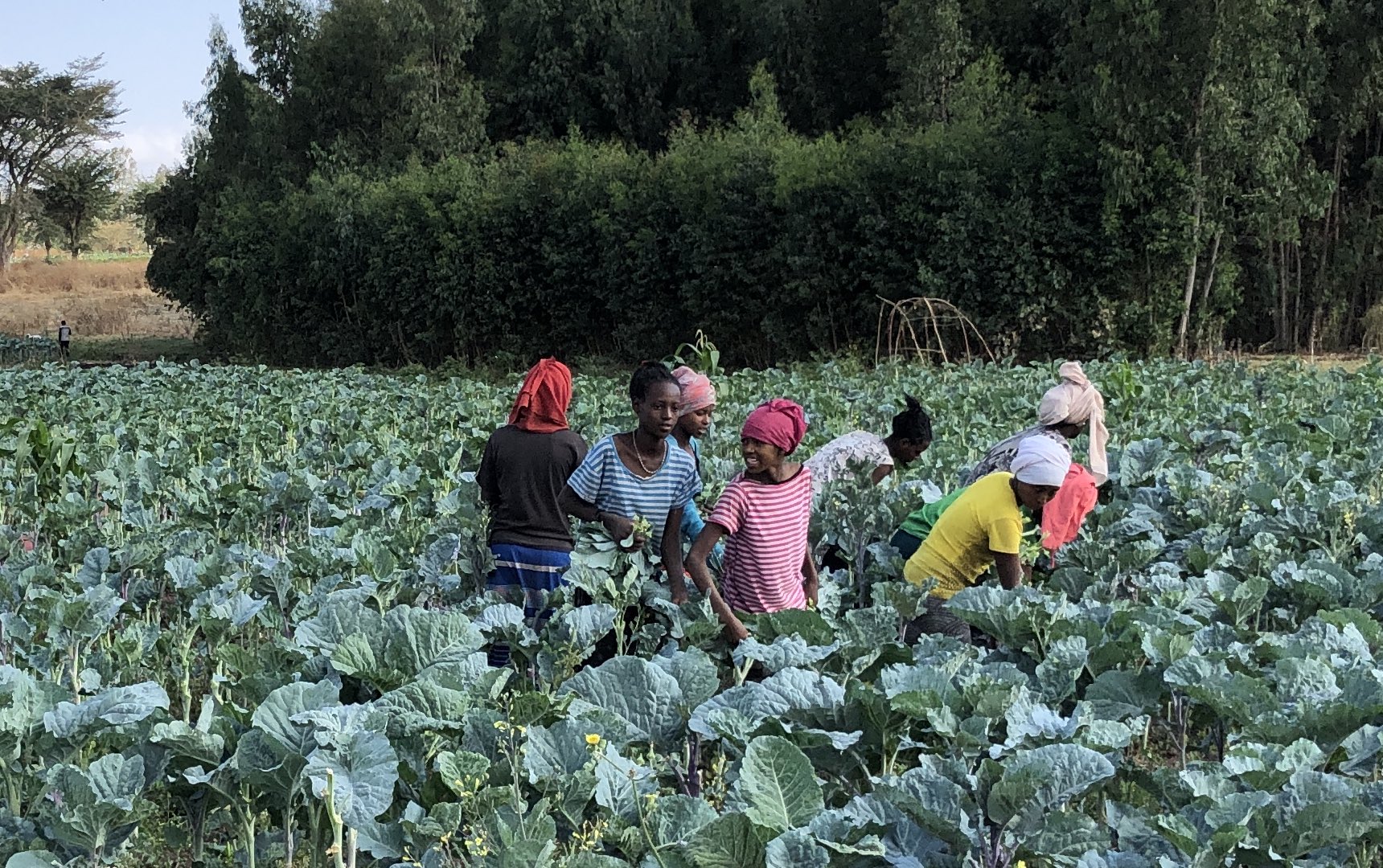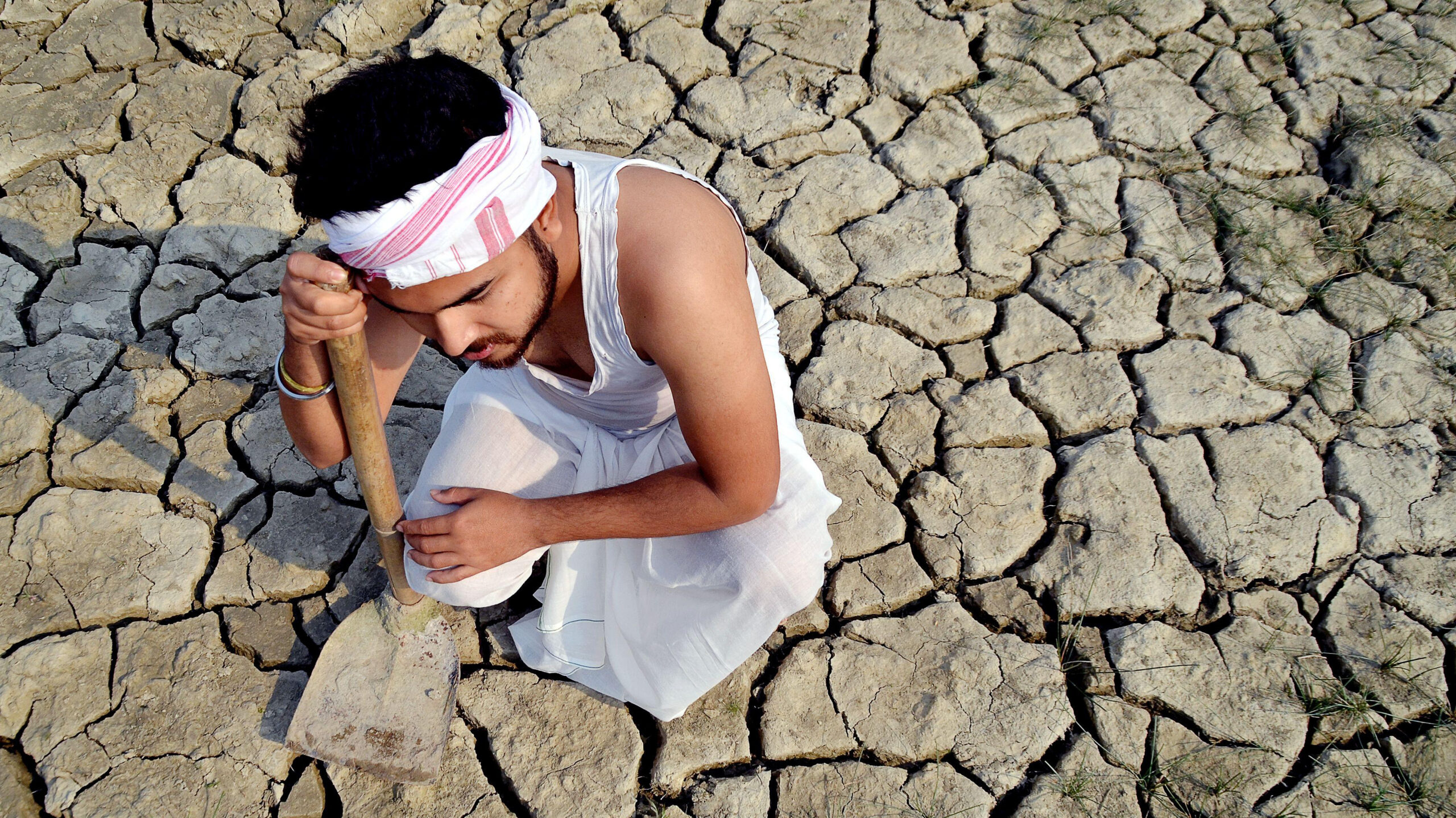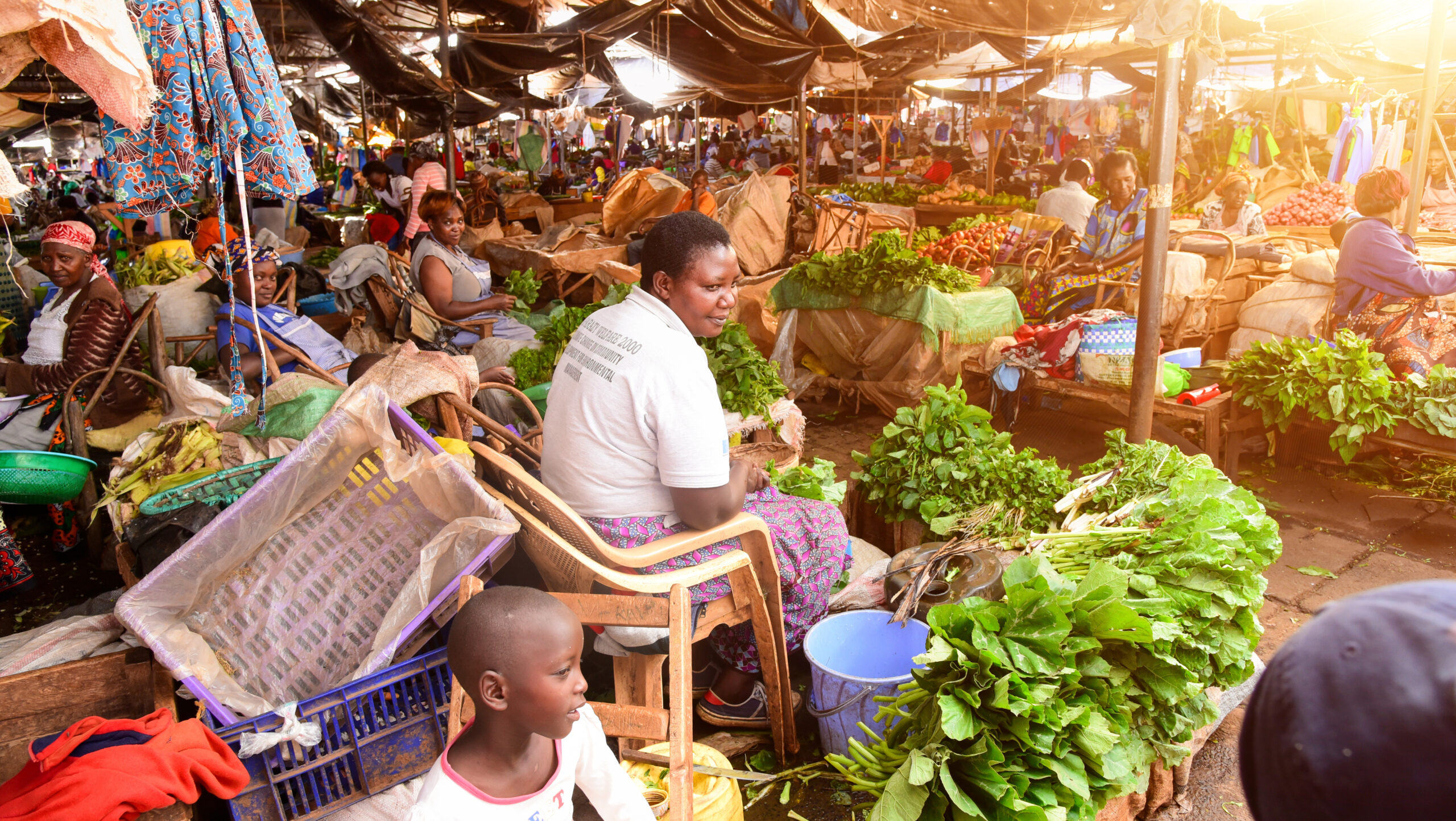Maintaining healthy soils is crucial to long-term agricultural sustainability and food security—yet soils face major stresses worldwide. In 2015, the Intergovernmental Technical Panel on Soils rated one third of land worldwide as moderately to highly degraded. The impacts are especially serious in Africa south of the Sahara and South Asia, where smallholder farmers must contend with the challenges posed by growing populations and nutrient-depleted soils.
Who protects the soil? As we observe Earth Day 2021 (April 22) we must consider who the soil managers are, what guides their actions, and what resources they have to work with. In particular, gender plays a crucial role in the way soil is managed because it shapes knowledge, perceptions, preferences, and use of assets which can strengthen—or deplete—soil health.
Our paper “Soil Health and Gender: Why and How to Identify the Linkages,” published in the International Journal of Agricultural Sustainability, outlines a conceptual framework for understanding these issues. Drawing upon a structured literature review focused on Africa south of the Sahara and South Asia, the paper makes recommendations on how to better design soil health interventions by considering gender, and shows how such initiatives can lead to greater gender equality.
Soil management has complex impacts on agriculture, ecology, and on households. Healthy soils play an increasingly-recognized role in mitigating greenhouse gas emissions from agriculture. Management choices involve trade-offs—for example, diverting the use of cow dung as a natural fertilizer away from use as household fuel might lead to greater demand for firewood, adding pressure on forests. Gender can intensify these trade-offs and related opportunity costs, as women face certain gender norms and limitations on their assets that influence the choices they make.
Here are some ways that programs can consider these issues to facilitate the adoption of technologies and practices that improve the condition of soils:
Changing units of analysis: Projects and policies often target households as the unit or beneficiary. But this is not sufficient for many agricultural practices. Men and women often share decision-making for some household plots, while also managing some plots separately. This spectrum of joint to separate decision-making should be considered in research and in the design of projects and policies for soil health.
Considering gender in patterns of labor: Any project that aims to change soil management practices should be sensitive to gendered patterns of labor—particularly regarding time, a limited resource for women. Rural women around the world face time poverty due to their various domestic and agricultural labor obligations—yet many soil management technologies are time-(and knowledge-)intensive. In addition, men often have control over how women use their time, while women have limited or no control over other workers—meaning that they might choose not to adopt labor-intensive management practices.
Addressing gender differences in land tenure and use rights: Soil health projects and policies must consider women’s lack of secure rights to land, which constrains their ability to make capital-intensive investments. Securing rights to land creates incentives to heal soils in the long term. But the structural conditions in land tenure and use rights that women face limit this incentive. Women also have less access to credit for soil improvements, as many rural credit institutions use land as collateral.
Acknowledging gender differences in knowledge, perception, and practices: Knowledge about soil health, perceptions of soils and ecosystems, and preferences around management practices often vary by gender. For example, a 2016 experiment in Indonesia using a role playing game around land use found that women were more likely than men to seek immediate benefits (e.g., financial rewards from converting current land uses to monoculture systems) over long-term returns from ecosystem services (e.g. carbon sequestration). If women are to be fully included as partners in soil health efforts, such differences must be better understood and accounted for in projects and policies. Extension and education efforts in particular must consider women’s goals and preferences.
Understanding intersectionality and structural conditions: Effective soil health efforts should embrace nuance—and in the gender sphere an important example of such nuance is intersectionality (how a person’s multiple identities interact with one another, and with marginalizing or empowering structures around them). This can allow us to move away from static, binary, and simplistic conceptualizations of gender that can limit the effectiveness of gender sensitive projects.
Where do we go from here? Here are some suggestions for a future research agenda:
A better understanding of gender dynamics and soil health: More in-depth gender analyses and behavioral research— including long term, gender-disaggregated data collection—are necessary to better understand several issues: The different ways that men and women respond to soil health interventions and incentives; what enabling conditions and strategies can create gender-equitable outcomes; and how gender-specific costs and benefits evolve over time and across different stages of adoption.
Addressing demographic changes and underlying conditions: Demographic changes (such as male out-migration) are transforming gender norms in agriculture, and considerations like women’s access to and control over land, time poverty, and unequal access to information can determine the success or failure of soil health programs. Studying these—as well as underlying gender inequities—is crucial to devising approaches to improve soil health.
Leveraging soil health management for gender equality: Better soil health provides an array of benefits to producers and to society, with the potential to significantly improve women’s crop productivity, resilience, and farm income. Perhaps more importantly, addressing the structural constraints women face in adopting soil management practices is likely to create co-benefits for women empowerment and gender equality, as well as the adoption of other sustainable agricultural practices.
Reaching the “last mile”: The “last mile” for research means that findings fully reach stakeholders to equip them to make better decisions. Researchers have an essential role to play as trusted partners in supporting evidence-based program design and implementation, working with greater understanding of smallholder farmers’ real-world constraints, so that future soil health programs can be more equitable and effective.
Wei Zhang is a Senior Research Fellow with IFPRI’s Environment and Production Technology Division; Jessica Wallach is an IFPRI Communications Intern and a Master’s student in International Agricultural Development at the University of California, Davis.







